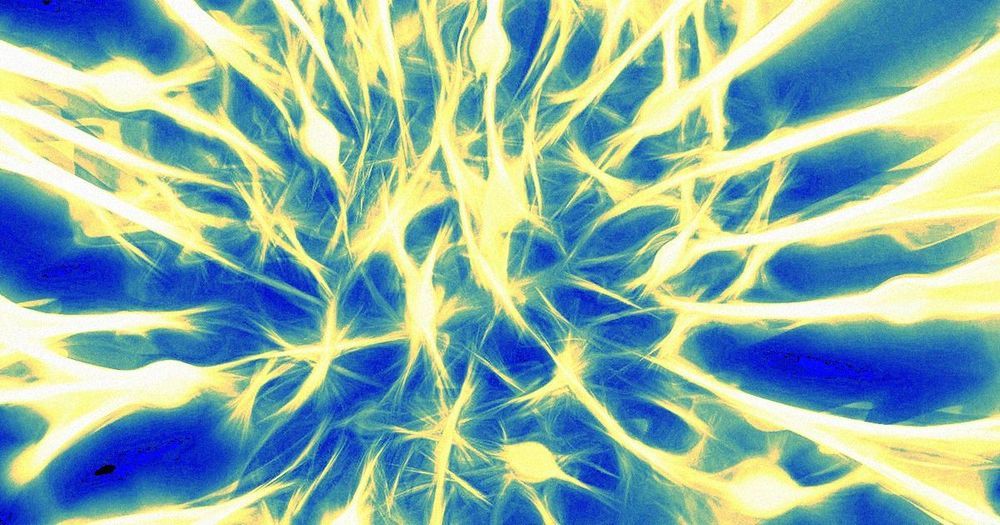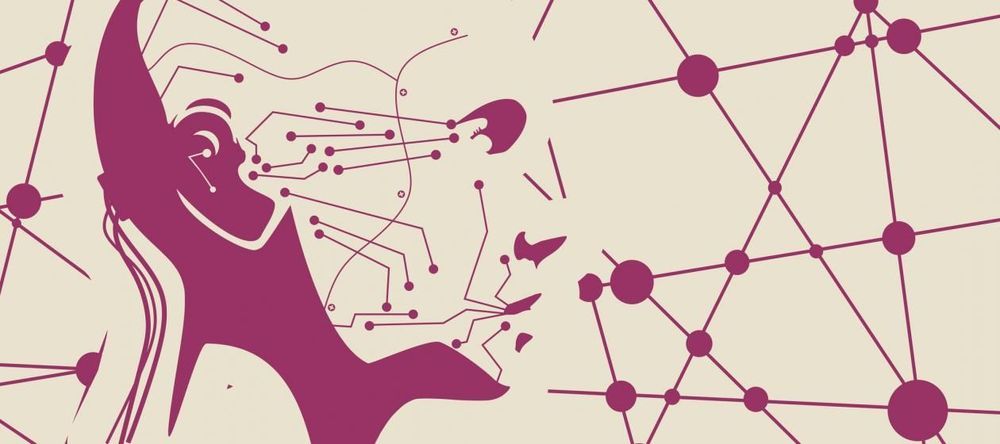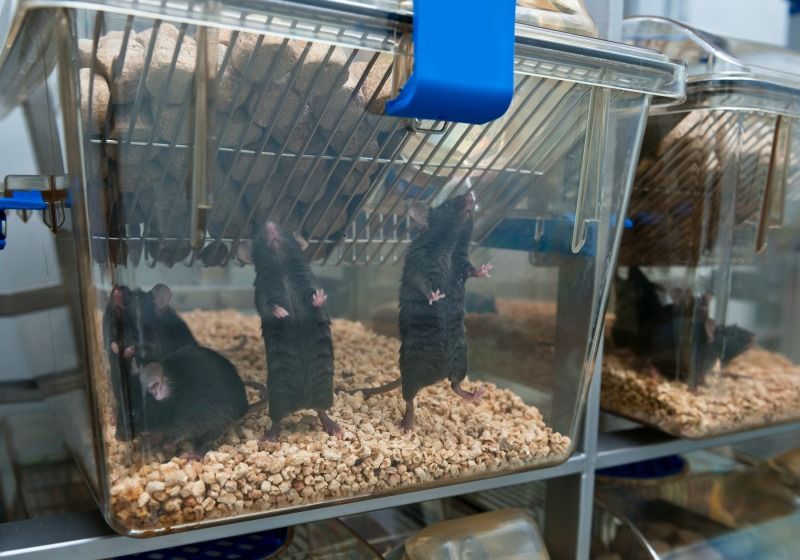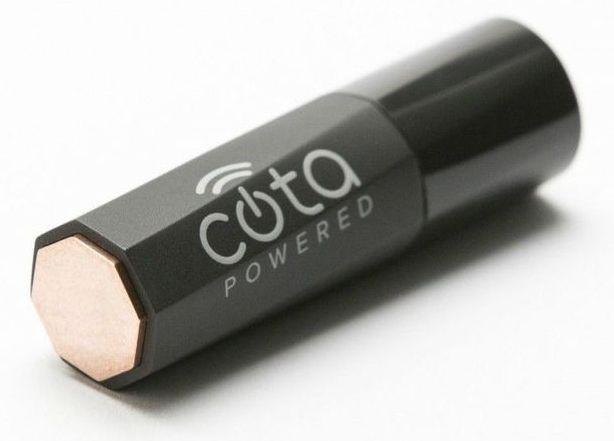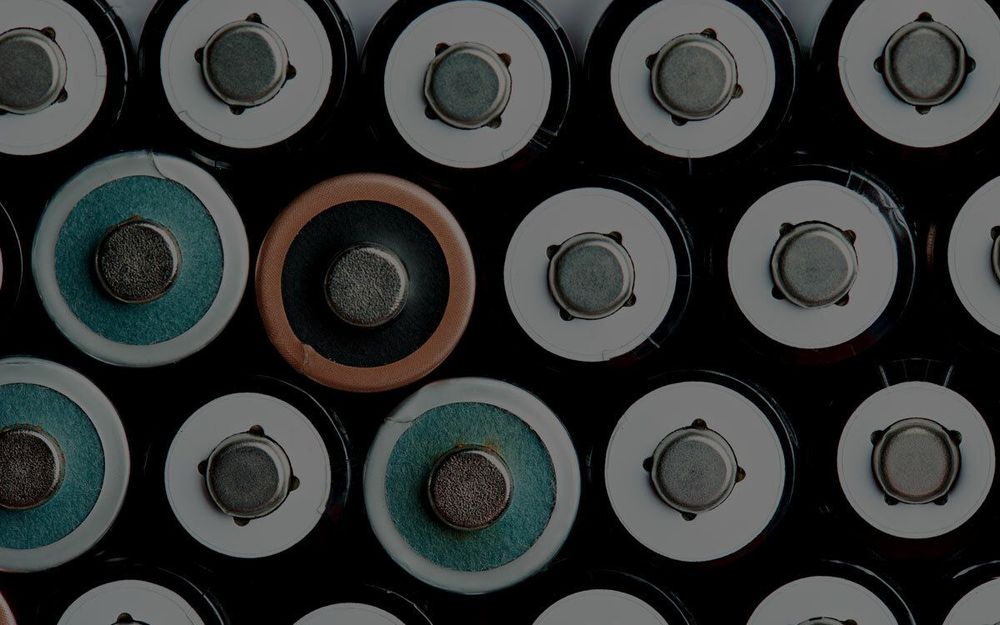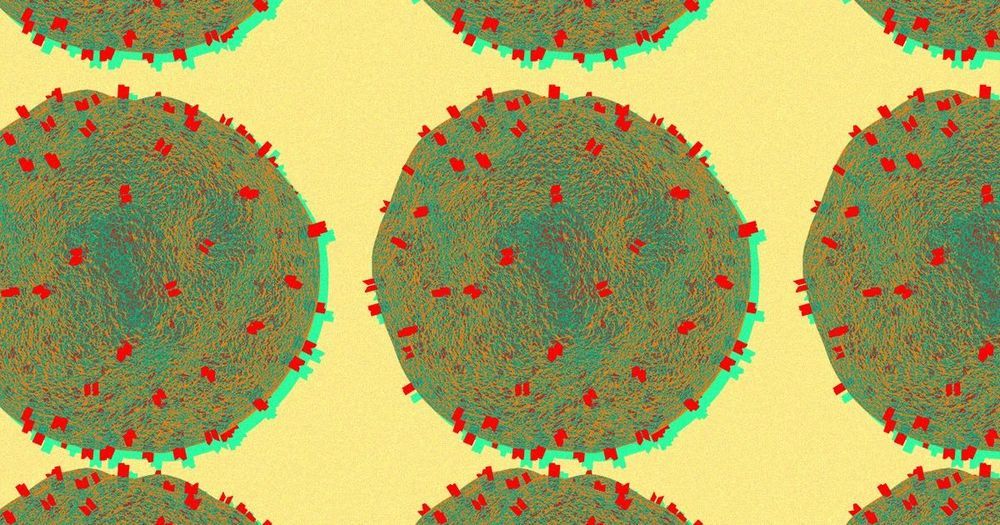Page 8917
Apr 5, 2019
Meet The Amazing Fungus That Farms Bacteria
Posted by Quinn Sena in categories: food, sustainability
5. Division of labor
Much like division of labor in human societies, parts of the thick-footed morel fungus cultivate the bacteria while other parts help store the carbon for future use. This source-sink system is similar to human agricultural systems, where we move food from the fields to be processed and sold at grocery stores.
These five characteristics were confirmed experimentally using cell counting and 13C isotopic labeling. Much like humans, fungi can use cultivation, harvesting, storage, dispersal, and division of labor to farm bacteria. Don’t fear, hallmarks of agriculture that we can still claim as unique to humans include artificial selection or development as well as cultural transmission of agricultural innovations.
Apr 5, 2019
“The Mice Became Smarter”: New Treatment Restores Aging Brains
Posted by Quinn Sena in categories: biotech/medical, life extension, neuroscience
Scientists at Stanford University say they’ve devised antibodies that block a specific gene related to brain aging — and that it’s giving old mice the cognitive prowess of younger ones.
“The mice became smarter,” senior author Tony Wyss-Coray said in a statement. “Blocking [the gene] CD22 on their microglia restored their cognitive function to the level of younger mice. CD22 is a new target we think can be exploited for treatment of neurodegenerative diseases.”
Apr 5, 2019
Can bees do maths? Yes – new research shows they can add and subtract
Posted by Quinn Sena in category: neuroscience
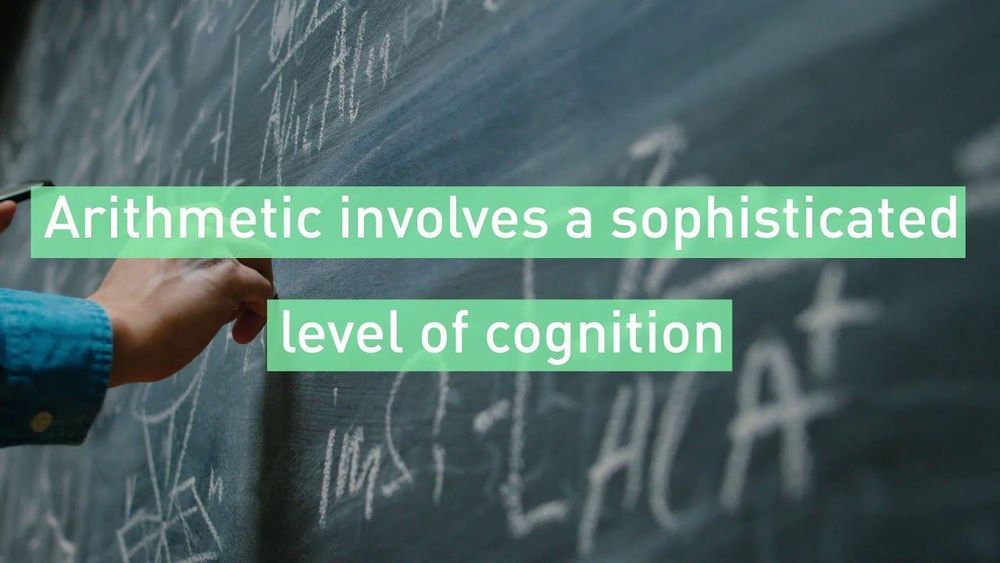
The humble honeybee can use symbols to perform basic maths including addition and subtraction, shows new research published today in the journal Science Advances.
Despite having a brain containing less than one million neurons, the honeybee has recently shown it can manage complex problems – like understanding the concept of zero.
Continue reading “Can bees do maths? Yes – new research shows they can add and subtract” »
Apr 5, 2019
Can human mortality be hacked?
Posted by Paul Battista in categories: bioengineering, biotech/medical, life extension, nanotechnology, robotics/AI, transhumanism
A fringe group of scientists and tech moguls think they’re closing in on the fountain of youth. Here’s everything you need to know:
What is biohacking? Silicon Valley is built on the idea that technology can optimize, or “hack,” any aspect of our lives — so why not the human life span? Until recently, anyone hawking pills or treatments that promised to restore youthfulness was considered a quack, yet a growing number of “transhumanists” are convinced that, in time, human beings can be transformed through bioengineering, and that aging will be curable just like any other malady.
In light of rapid gains in gene editing, nanotechnology, and robotics, some futurists expect this generation’s biohackers to double their life spans. Aubrey de Grey, a regenerative medicine researcher backed by tech mogul Peter Thiel, insists that someone alive today will live to be 1,000. “It’s extraordinary to me that it’s such an incendiary claim,” de Grey says. Korean physician and financier Joon Yun has offered two $500,000 prizes to anyone who can restore a test animal’s youthful heart rate and extend its lifespan by 50 percent. For humans, the mortality rate at age 20 is 0.001 percent, Yun figures, “so if you could maintain the homeostatic capacity of that age throughout your life, your average life span would be 1,000.”
Apr 5, 2019
A light-based carrier system for CRISPR-Cas9 gene editing
Posted by Shailesh Prasad in categories: bioengineering, biotech/medical, genetics, nanotechnology
A team of researchers from Nanjing and Xiamen Universities in China has developed an alternative to using viruses to transport CRISPR-Cas9 gene editing tools into a desired cell—and it involves two types of light. In their paper published in the journal Science Advances, the group describes their new type of carrier and how well it worked with test mice.
CRISPR-Cas9 gene editing tools are a coming revolution in treating genetic conditions, and scientists continue to test their abilities in a variety of applications. One area of study has involved looking for a replacement carrier system—the current approach uses a virus to carry the gene editing tool into a particular cell. Early on, researchers knew that the virus approach was not viable because of possible responses from the immune system, or worse, the threat of initiating tumors. In this new effort, the team in China has come up with an entirely new way to deliver the gene editing tool using two kinds of light.
Their carrier system consists of nanoparticles that are sensitive to low-energy near–infrared radiation (NIR) and that emit UV light. When NIR is shone on the nanoparticles, the light is absorbed and converted to UV light, which is emitted. Inside of a cell, the package is activated by shining NIR onto the skin, where it penetrates into the body and makes its way to the gene editing tool. When the NIR is converted to UV light, it cuts molecules in the carrier package, releasing the gene editing tool to do its work.
Continue reading “A light-based carrier system for CRISPR-Cas9 gene editing” »
Apr 5, 2019
Microbes May Take Some of the Blame for the Reproducibility Crisis
Posted by Xavier Rosseel in category: biological
Scientists find varied microbiota among the same strain of mice from four vendors—and that variability affects their susceptibility to infection.
Apr 5, 2019
The AA battery that never dies: Forever Battery uses Wi-Fi-like signals to stay fully charged
Posted by Quinn Sena in categories: energy, internet
Apr 5, 2019
The better batteries that will power your phone—and a green future
Posted by Quinn Sena in categories: food, mobile phones
It’s a difficult choice: Go hungry or go it alone.
When soldiers are weighed down on the battlefield by food supplies and the heavy battery packs that power their communication equipment, they often choose to ditch the rations. It’s a sacrifice made to keep devices powered up and communication lines open in the field.
Smaller, longer-lasting batteries would help lighten a soldier’s load, so USC researchers are working with the U.S. Department of Defense to develop better batteries that weigh half as much as current power packs.
Continue reading “The better batteries that will power your phone—and a green future” »
Apr 5, 2019
First-of-Its-Kind HIV Therapy Draws out the Virus, Then Kills It
Posted by Genevieve Klien in category: biotech/medical
HIV is a sneaky virus. It can hide in the immune cells of people taking daily antiretroviral therapy (ART) drugs, waiting until they stop the therapy to come back with a vengeance.
This forces them to continue ART — and continue dealing with its many side effects — for their entire lives.
But now, researchers from the University of Pittsburgh have developed an HIV immunotherapy that not only kicks the virus out of hiding, but also kills it permanently — the first step, they say, to an HIV vaccine.

